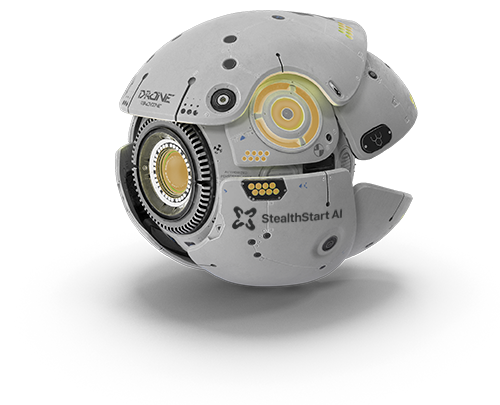
Use Cases
01
AI Object / Image Detection and Segmentation
Automated Equipment and Inventory Detection.
With StealthStart AI, it is possible to train AI systems to identify, detect, locate and segment objects within an image, document or video, in a manner similar to how humans perceive their surroundings.
AI object and image detection in defence helps reduce human workload, enhances the speed and accuracy of threat identification, and enables more effective decision-making in complex and dynamic military environments.
AI Object and Image Detection Applications
AI Marksmanship Scoring Application - Australian Army
EM Defence Tech developed a mobile application for the Australian Army Skill at Arms Meet (AASAM), that automatically detects the fall of shot and calculates the score using Computer Vision.


